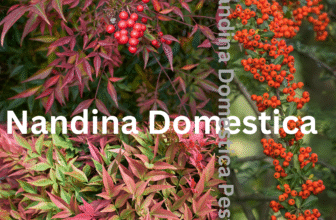What is the Elephant Ear Plant (Alocasia Brisbaneensis)?
The Elephant Ear Plant (Alocasia Brisbaneensis) is a tropical plant native to Southeast Asia, known for its large, glossy green leaves that resemble elephant ears. A relative of the Philodendron and Anthurium, it belongs to the Araceae family.
In Australia, it’s a popular ornamental plant, thriving in gardens and homes. With a height of up to 2 meters, it creates a tropical vibe, perfect for both indoor and outdoor spaces.
Why Choose the Elephant Ear Plant?
The Elephant Ear plant is favoured for several reasons:
- Aesthetic Appeal: The plant’s large, showy leaves instantly become the focal point of any garden or room.
- Tropical Vibe: It adds a touch of the tropics to your landscape, making it an excellent choice for Australians looking to bring a bit of nature indoors.
- Low Maintenance: Despite its bold appearance, the Elephant Ear is relatively low-maintenance and doesn’t require complex care routines.
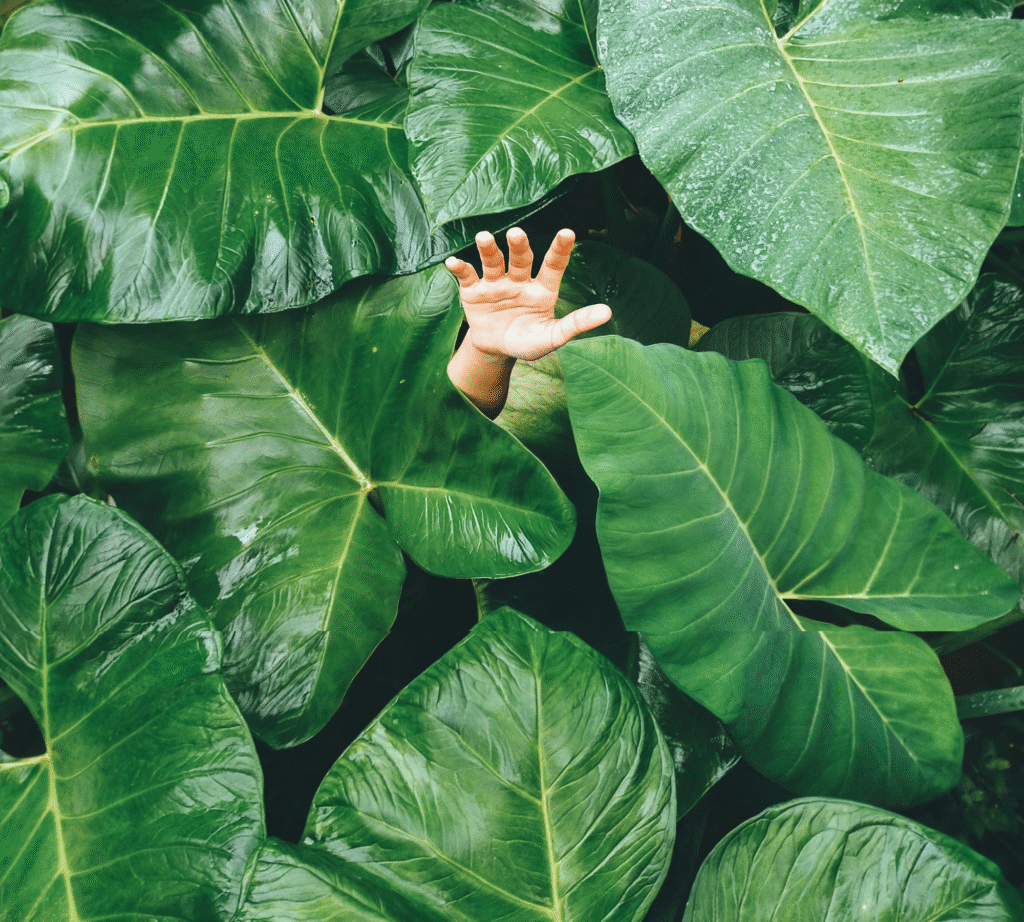
Alocasia Brisbaneensis: Native Habitat and Characteristics
The Alocasia Brisbaneensis is native to tropical and subtropical areas, thriving in humid environments with regular rainfall. It naturally grows in shaded spots under tall trees, where it gets filtered light.
Its heart-shaped, deep green leaves have distinct veins that give the plant a unique texture. As it matures, the Alocasia Brisbaneensis can reach heights of up to 2 meters, with leaves that can grow as large as 60 cm.

Planting the Elephant Ear Plant in Australia
Best Soil Conditions
- The Elephant Ear plant thrives in well-draining, slightly acidic soil. A loamy mix enriched with organic matter, such as compost, works best for these plants.
- If you’re planting in containers, ensure your pot has proper drainage to prevent waterlogging, which can lead to root rot.
Ideal Planting Location
- Outdoor Planting: Choose a spot with partial to full shade. Since the plant is accustomed to growing under the canopy of taller trees, it doesn’t thrive in full sunlight. Too much sun can scorch its leaves, causing brown patches.
- Indoor Planting: Place your plant near a window that receives bright, indirect light. It can also thrive under grow lights if natural sunlight is limited.
Best Time to Plant in Australia
- The ideal time to plant your Alocasia Brisbaneensis is during the spring or early summer months (September to December), when the temperature is warm and the plant has ample time to establish its roots before the colder months.
How to Grow and Care for Alocasia Brisbaneensis
Light Requirements
Alocasia Brisbaneensis prefers indirect light or filtered sunlight. Too much direct sunlight can cause its leaves to burn, so it’s essential to place the plant where it can receive soft light throughout the day.
Watering Needs
This plant thrives in moist conditions, but it’s essential not to overwater it. Water deeply once the top inch of the soil feels dry to the touch. During the warmer months, the plant may require more water; however, ensure the soil has good drainage.
Tip: If the leaves start to droop or turn yellow, this could be a sign of underwatering or overwatering. Adjust your watering schedule accordingly.
Temperature and Humidity
The Elephant Ear plant thrives in warm temperatures between 18°C and 27°C. It’s not frost-tolerant, so bring it indoors during the winter if you plan to grow it outside. It also prefers high humidity, so consider using a humidity tray or misting the leaves in dry climates.
Fertilising the Elephant ear plant
Feed with a balanced liquid fertiliser every 4-6 weeks during spring and summer. Avoid fertilising in fall and winter when the plant is dormant.
Pruning and Maintenance:
Regularly trim yellowing or damaged leaves to promote healthy growth. Remove dead stems and leaves at the base as the plant matures to maintain its tidy appearance.
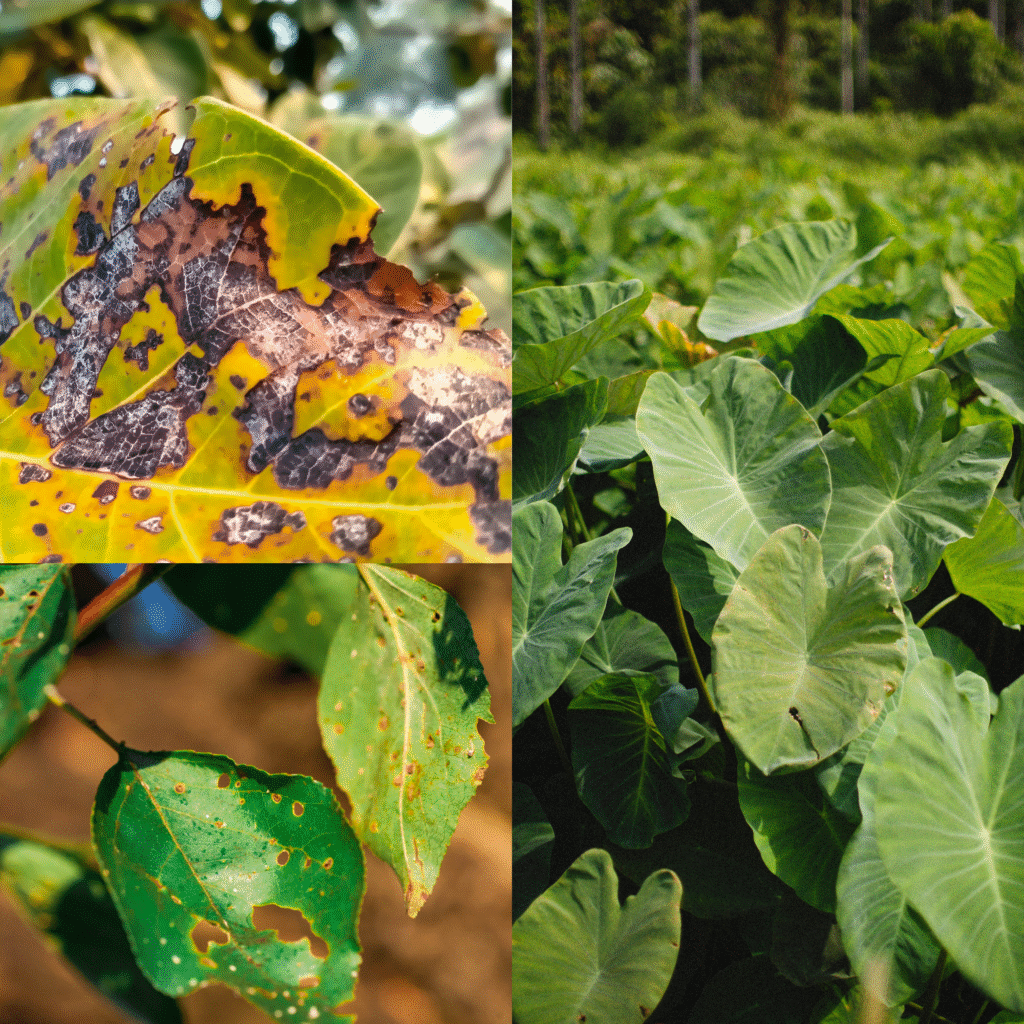
Common Problems and How to Solve Them
Pest Infestation
While the Elephant Ear plant is relatively pest-resistant, it can occasionally be affected by pests such as spider mites and aphids. To control these pests, you can spray the plant with insecticidal soap or wipe the leaves with a damp cloth.
Leaf Yellowing
If the leaves of your plant start turning yellow, it could be due to several factors:
- Overwatering or underwatering: Adjust your watering schedule.
- Lack of sunlight: Move the plant to a brighter spot with indirect light.
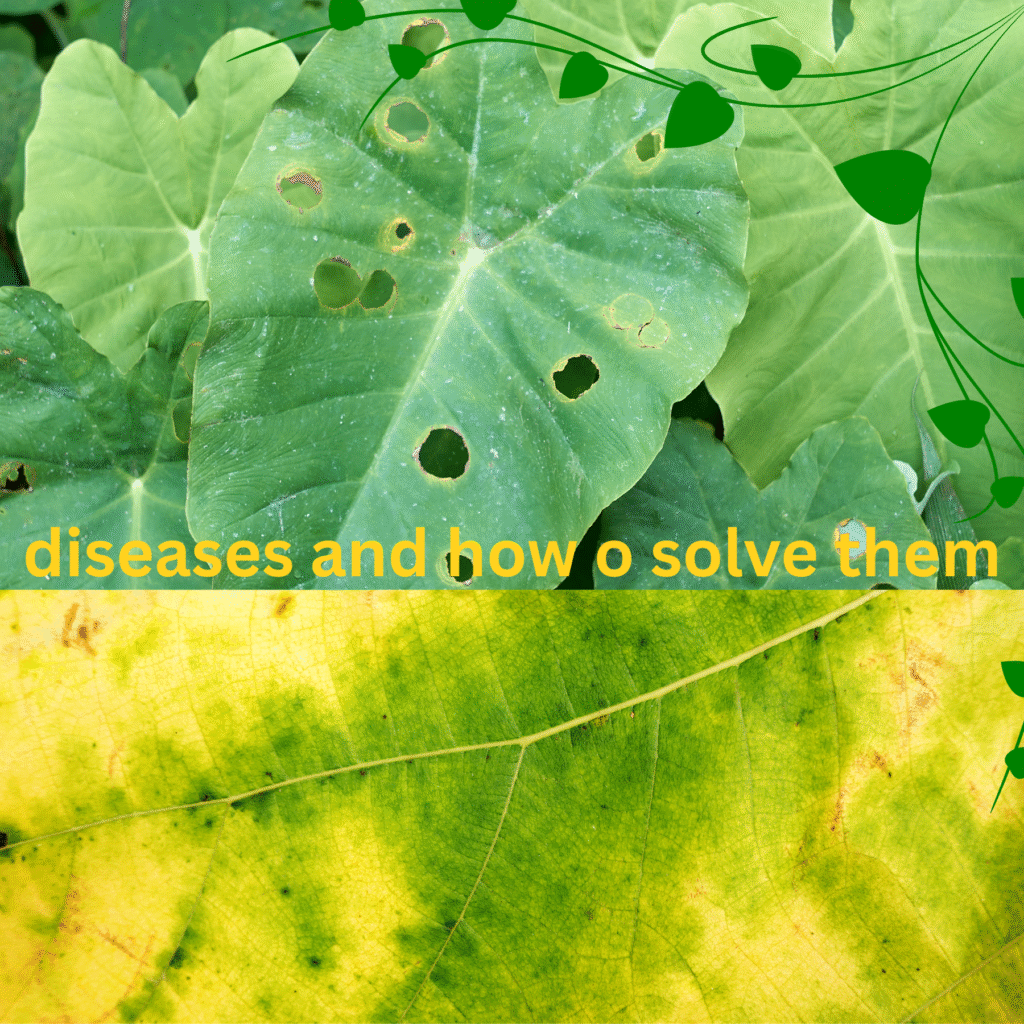
Root Rot
Root rot is common when the plant’s roots sit in water for too long. Ensure the plant is in a well-draining pot and avoid overwatering it to prevent root rot. If you suspect root rot, remove the plant from its pot and trim any affected roots.
How to Propagate the Elephant Ear Plant
Methods of Propagation
The Elephant Ear plant can be propagated via stem cuttings or division.
- Stem Cuttings: Cut a healthy stem just below a node and place it in a glass of water or directly in moist soil. Roots should start to form within a few weeks.
- Division: If your plant has become too large for its pot, you can divide it into smaller sections, making sure each section has at least one healthy root.
Step-by-Step Guide for Growing New Plants
- Cutting: Use a sharp, clean knife to cut a healthy stem.
- Rooting: Place the cutting in a jar of water or a small pot with moist soil. After a few weeks, you should see roots forming. Once the roots are about 2 inches long, transplant the cutting into a larger pot or garden bed.
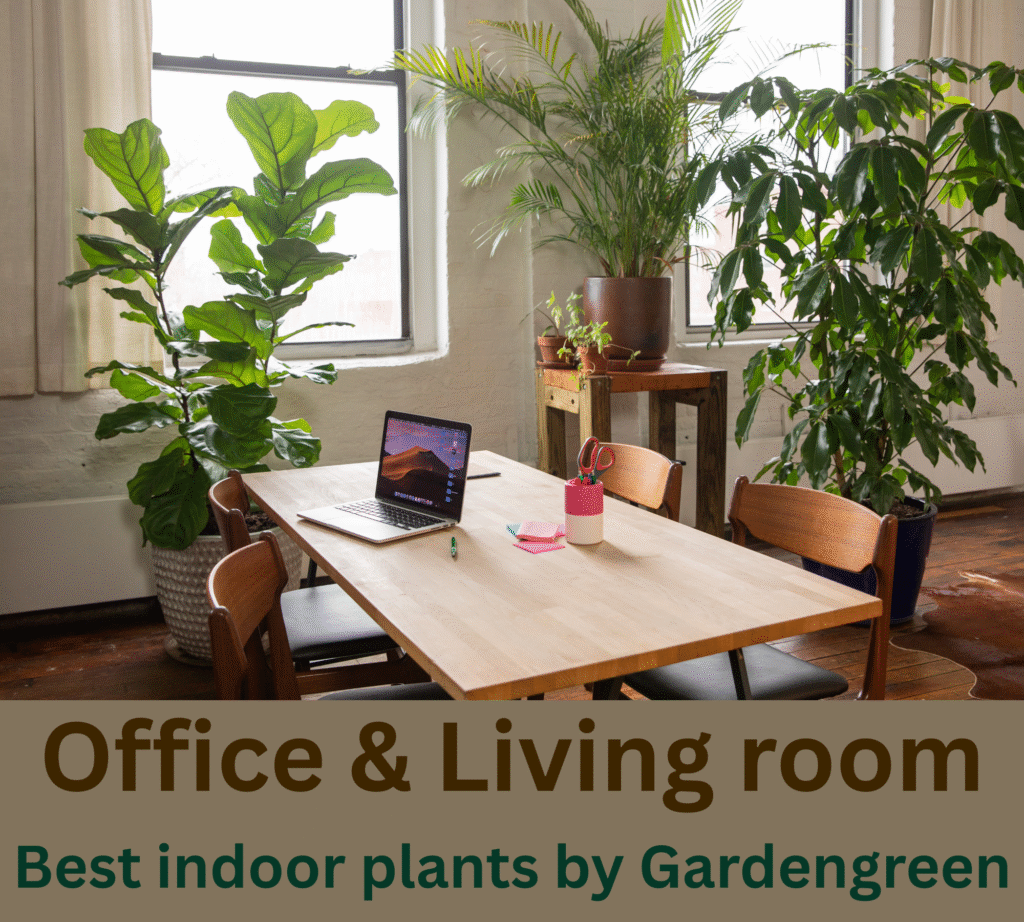
Indoor Decoration Ideas
1. Statement Floor Plant
Place your Elephant Ear in a decorative pot and position it in a corner of your living room or entryway. Its large leaves will create a focal point and add a touch of nature to your interiors.
2. Pair with Complementary Plants
Combine the elephant ear plant with ferns or peace lilies to create a tropical ambience. Their contrasting textures and colours will complement the bold foliage of the Elephant Ear.
3. Use Decorative Planters
Opt for planters in materials like ceramic, terracotta, or woven baskets. Select colours that complement your home’s decor to achieve a cohesive look.
4. Elevate with Plant Stands
Using plant stands can add height and dimension to your space, making the plant more prominent and visually appealing.
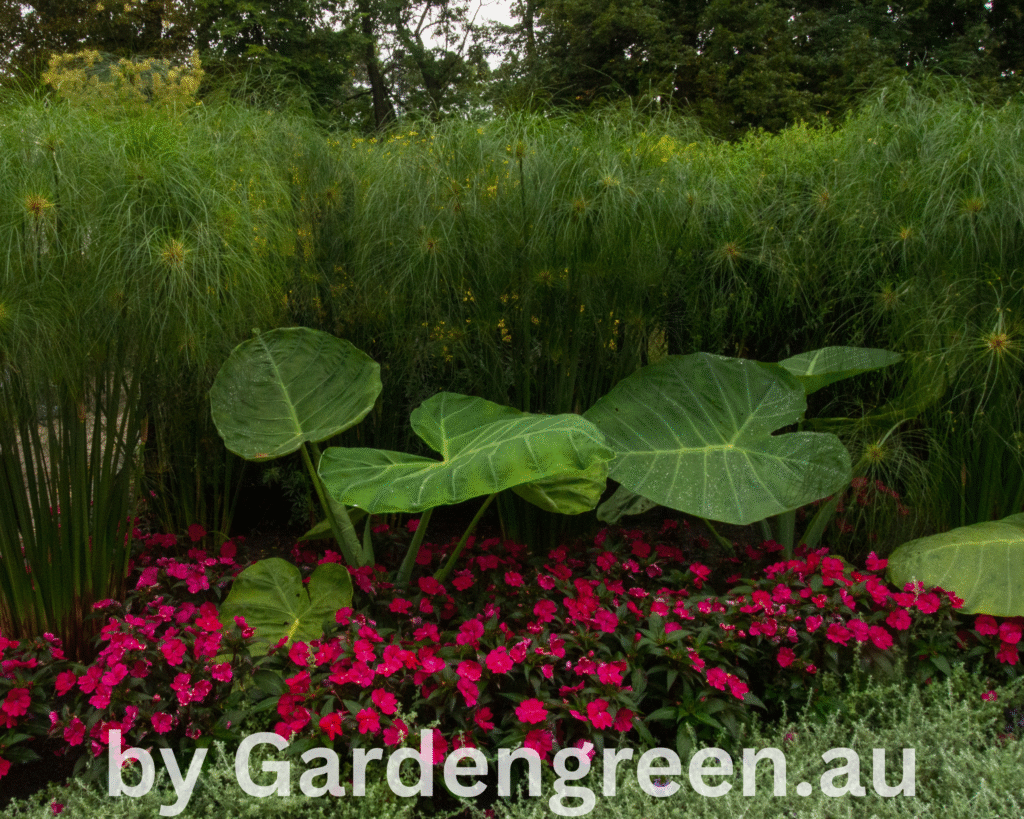
🌳 Outdoor Decoration Ideas
1. Create a Tropical Garden Bed
Elephant Ears plants can be paired alongside other tropical plants, such as cannas or gingers. Their large leaves will add drama and a lush feel to your garden.
2. Accent Water Features
Position near ponds or fountains. The plant’s foliage reflects beautifully in water, enhancing the serene atmosphere.
3. Use as a Backdrop
Place at the rear of garden beds to create a layered effect. Their height and bold leaves provide a striking backdrop for smaller plants.
4. Container Planting
For patios or balconies, plant in large containers. This allows for flexibility in relocating the plant as needed and adds greenery to hardscaped areas.
🌿 Care Tips Recap
- Humidity: Prefers high humidity. Consider using a humidifier or placing the pot on a tray filled with water and pebbles.
- Fertilising: Feed with a balanced liquid fertiliser during the growing season (spring and summer).
- Pruning: Remove dead or yellowing leaves to encourage new growth and maintain the plant’s appearance
Incorporating Artificial Elephant Ear Plants in Your Décor
Not everyone has the right environment or time for real plants. If you love the look of the Alocasia Brisbaneensis but struggle with plant care, artificial Elephant Ear Plants are a great alternative. Here’s how you can incorporate them into your spaces:

Indoor Use of Artificial Elephant Ear Plants
- Low Maintenance: Ideal for those with little time or experience. No need for sunlight, water, or pruning.
- Long-lasting Appeal: These plants stay vibrant and beautiful year-round.
- Perfect for Hard-to-Reach Spaces: Ideal for dark corners or areas where real plants struggle to thrive.
- Decorative Display: Place in stylish pots or planters to add a realistic touch to your décor.
Outdoor Use of Artificial Elephant Ear Plants
- Weather Resistance: Artificial plants are designed to withstand harsh weather conditions, remaining unaffected by wind, rain, or sun, making them ideal for use on patios, balconies, or in gardens.
- Filler Plants for Gaps: Use them to fill empty spots in your garden, adding greenery where real plants may struggle.
🌱 Mixing Real and Artificial Elephant Ear Plants for an Appealing Look
If you love the lush beauty of real plants but want to balance maintenance with ease, consider blending natural and synthetic Elephant Ear plants. Here’s how you can achieve an appealing, balanced look:
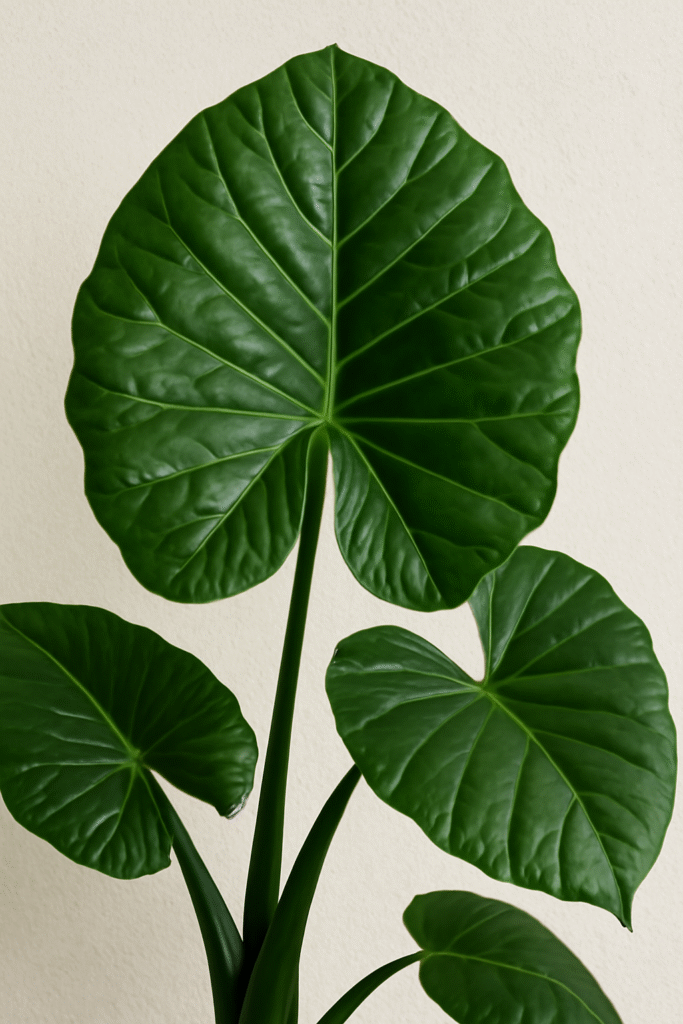
1. Create a Natural-Looking Focal Point
Use real Elephant Ear plants as the primary feature in your décor, but fill in surrounding spaces with artificial plants. The real plant will provide authenticity and life, while the artificial ones will offer complementary greenery without the need for upkeep.
2. Strategically Position Artificial Plants
Position the artificial plants in areas that are more difficult to maintain, such as high shelves, under furniture, or in spots with minimal light. Place your real Elephant Ear plants in areas where they can thrive, such as near windows or in shaded outdoor areas.
3. Combine Different Types of Plants
Incorporate a mix of real tropical plants (like ferns, palms, and peace lilies) alongside artificial Elephant Ear plants. By mixing different textures, heights, and types of greenery, you’ll create a rich, layered look that’s visually appealing and easy to maintain.
4. Use Artificial Plants for Large Spaces
In larger areas, such as your garden or living room, use artificial Elephant Ear plants to fill in the gaps, while still incorporating a healthy mix of real plants to keep the atmosphere vibrant.
🌟 Care Tips Recap
- Humidity: Prefers high humidity. Consider using a humidifier or placing the pot on a tray filled with water and pebbles.
- Fertilising: Feed with a balanced liquid fertiliser during the growing season (spring and summer).
- Pruning: Remove dead or yellowing leaves to encourage new growth and maintain the plant’s appearance.
Frequently Asked Questions
Yes, with proper care. Ensure it receives adequate light and humidity, and bring it indoors during colder months.
Water when the top inch of soil feels dry to the touch. Ensure the pot has drainage holes to prevent waterlogging.
Yes, they are toxic if ingested. Keep out of reach of pets and children.
🌟 Conclusion
The Elephant Ear Plant is more than just a plant; it’s a statement piece that can transform your living space. Whether indoors or outdoors, and if you’re unable to care for a real plant, don’t worry—artificial Elephant Ear plants offer low maintenance.
By blending real and artificial plants, you can create a stunning, dynamic environment.



